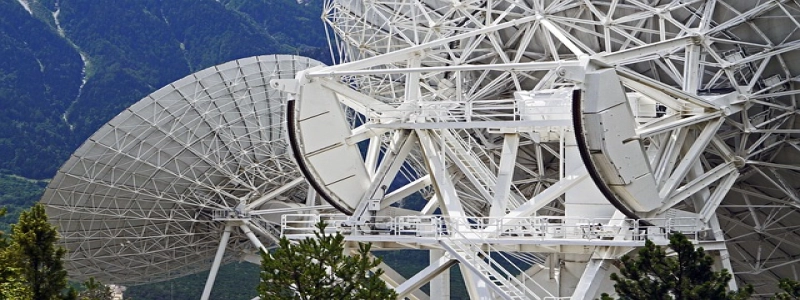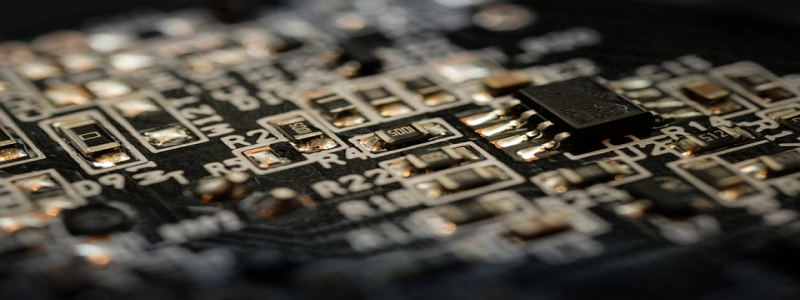Underground Ethernet Cable
I. Introduction
II. What is an Underground Ethernet Cable?
III. Benefits of Underground Ethernet Cables
IV. Installation Process
V. Maintenance and Upkeep
VI. Conclusion
I. Introduction
In our increasingly digital world, the need for reliable and efficient internet connectivity has become vital. One important component of a stable network connection is the Ethernet cable. While most Ethernet cables are used within buildings, there is also a need for cables that can be buried underground. In this article, we will delve into the topic of underground Ethernet cables, exploring their benefits, installation process, and maintenance requirements.
II. What is an Underground Ethernet Cable?
An underground Ethernet cable, as the name suggests, is specifically designed to be buried beneath the ground, connecting different network devices over long distances. These cables are made of durable materials, such as high-density polyethylene (HDPE), which allows them to withstand the environmental challenges posed by being buried, such as moisture, temperature variations, and physical stresses.
III. Benefits of Underground Ethernet Cables
1. Enhanced Durability: Underground Ethernet cables are built to last. Their protective outer sheath shields the internal wiring from external factors, ensuring reliable operation over long periods.
2. Increased Reliability: By burying the cables underground, they are less susceptible to damage caused by accidental tripping or exposure to the elements. This leads to improved network stability and a reduced risk of intermittent or interrupted connections.
3. Improved Aesthetics: Unlike traditional Ethernet cables that may clutter the physical space, underground cables are hidden from view. This enhances the overall appearance of the surroundings, making them ideal for residential areas or public spaces.
IV. Installation Process
Installing an underground Ethernet cable involves several steps:
1. Underground Path Assessment: Before installation, it is essential to assess the route where the cable will be buried. Factors such as soil conditions, existing utilities, and potential obstacles need to be considered to ensure a successful installation.
2. Trenching: A narrow trench is dug along the planned route using specialized machinery. The depth of the trench should be adequate to protect the cable and prevent damage from external forces.
3. Cable Laying: The underground Ethernet cable is placed carefully within the trench, ensuring proper alignment and minimizing stress on the cable.
4. Backfilling: Once the cable is laid, the trench is backfilled with soil, taking care not to damage or displace the cable during the process.
V. Maintenance and Upkeep
To ensure the longevity and reliable performance of underground Ethernet cables, regular maintenance is required. This includes periodic inspections for any signs of damage or degradation, as well as addressing any issues promptly. Additionally, it is important to avoid digging or excavating near the cable without proper authorization, as this can lead to accidental damage.
VI. Conclusion
The availability of underground Ethernet cables has revolutionized network connectivity, providing a reliable and efficient solution for long-distance connections. Their durability, increased reliability, and improved aesthetics make them an ideal choice for various applications, ranging from residential setups to commercial and public installations. Proper installation and maintenance are crucial to ensure optimal performance, making underground Ethernet cables a worthwhile investment for anyone seeking a reliable and lasting network connection.








